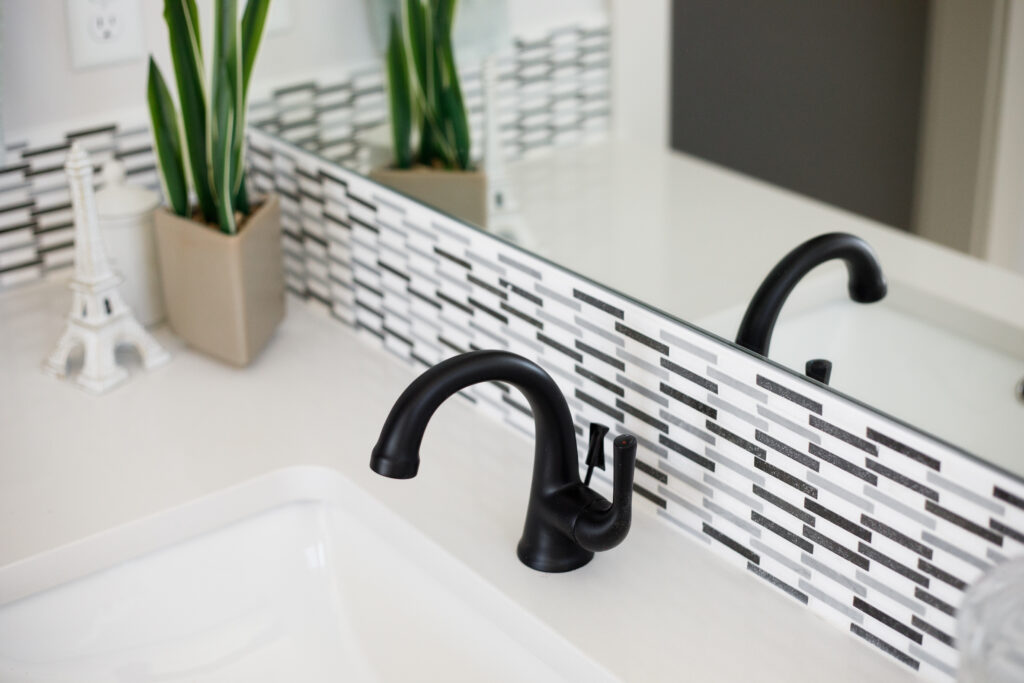An eco-friendly home can look different from person to person. Since there are so many ways to work toward a green home, it is impossible to define exactly what an eco-friendly home looks like. However, the key to having and maintaining a sustainable lifestyle and living space is to start small. If you try to change too much at once, it will be difficult to keep up with all the changes. We’ve compiled five small things you can do to create a more eco-friendly home.
Rely on Natural Lighting
Take advantage of natural lighting when you can. If you are in the process of building a home, incorporate large windows into your building plan. If you already have a home, open the shades during the day and turn off overhead lights and lamps. When using overhead lights or lamps, be sure to turn them off and unplug unnecessary electronics when you leave the room. You can also make the switch to environmentally friendly LED bulbs. These bulbs last longer than traditional light bulbs, conserve more energy, and are free of hazardous chemicals.
Limit Water Use
You should check your home for any leaks or plumbing issues such as an inefficient toilet or dripping shower head. Once you’ve found and fixed the initial plumbing issues, you can make other changes such as:
- Minimizing shower time
- Installing low-flow toilets
- Turning off water when you’re not using it
- Using grey water for irrigation and toilets
Start a Garden
Having a garden is an excellent way to give back to the environment rather than take away from it. Some of the best ways to make an eco-friendly garden include taking advantage of the natural climate and soil, avoiding chemical fertilizers, and encouraging the growth of native plants and foods. Eco-friendly gardens are a great way to grow your own food while reducing overall food waste. If you can, try to plan your meals around foods in the garden. Once you have your garden going, consider adding a compost system. Composting is a great way to repurpose your food scraps and fertilize your garden.
Support Renewable Energy
Renewable energy is generated from natural sources. This type of energy emits little to no greenhouse gases. There are various kinds of renewable energy systems you can choose. These options include:
-
Solar power and heating: Converts sunlight into energy to power your home. Solar power tends to be the most affordable option.
-
Geothermal energy: Uses a geothermal pump to heat or cool the home.
-
Wind energy: Uses wind to create energy. You can install small wind power systems for your home.
-
Hydropower: Uses the force of water to power your home. Best for homes that have running water on the property.
Reduce, Reuse, Recycle
You have probably heard this one before and for good reason — reducing your waste, reusing, and recycling items are the most essential components of sustainable living. Here are some ways you can incorporate the 3 Rs into your home life:
-
Reduce food waste: Shop with a list; buy in bulk; invest in quality food storage.
-
Reuse storage containers: Ditch single-use plastics; buy items with little to no packaging; use reusable rags and cloths for cleaning.
Recycle what you can: Know what to recycle and what to toss; invest in a curbside recycling service; take electronics and batteries to the proper recycling centers.
Incorporating green choices into your lifestyle and home can seem intimidating at first, but if you start small and slowly add to your sustainable habits, you’ll have an eco-friendly home in no time!
If you are interested in home customization, contact Paul Gray Homes at 316-990-0000 to speak to an expert and get started!
